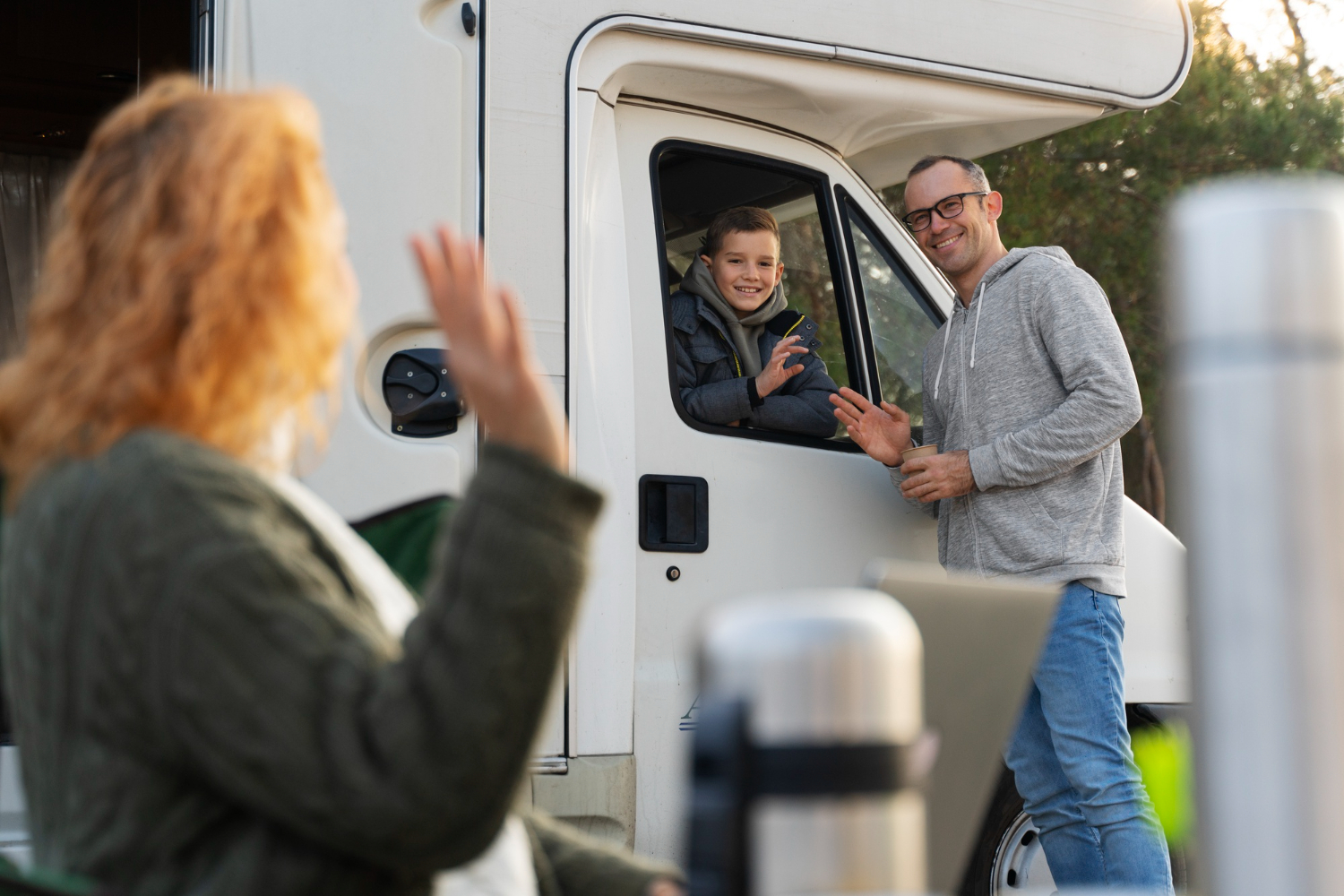When most people think about RV insurance, they often focus on the vehicle itself — liability coverage, collision, and comprehensive protection. But what about everything inside your RV?
If you travel with expensive electronics, outdoor gear, kitchen equipment, or other personal items, it’s crucial to understand how those belongings are covered under your RV insurance policy. In this article, we’ll break down how RV insurance handles personal property, what coverage options are available, and what you can do to ensure your possessions are protected.
What Does Standard RV Insurance Cover?
Most standard RV insurance policies include coverage for:
-
Liability (for bodily injury or property damage to others)
-
Collision (damage to your RV in an accident)
-
Comprehensive (non-collision damage such as fire, theft, or weather events)
Some policies may also include or offer personal property coverage, but the level of protection can vary widely depending on the policy and provider.
Is Personal Property Automatically Covered?
It depends.
Some RV insurance policies provide a limited amount of personal property coverage — often up to a certain dollar limit (e.g., $1,000 to $5,000). However, this may not be enough to cover everything you keep in your RV, especially if you’re a full-time RVer or travel with high-value items.
If your RV insurance doesn’t provide adequate coverage, you might need to:
-
Purchase additional personal effects coverage
-
Rely on your homeowners or renters insurance (if applicable)
RV Insurance for Full-Timers
If you live in your RV full-time, you’re essentially using it as your primary residence. In that case, traditional RV insurance may fall short. Instead, you’ll want to look into full-timer’s coverage, which often includes:
-
Higher limits for personal belongings
-
Liability coverage similar to homeowners insurance
-
Loss of use coverage (for temporary housing if your RV is damaged)
Full-timer policies are designed to protect both the vehicle and the lifestyle — including the contents you depend on every day.
What Kinds of Items Are Covered?
Personal property coverage typically includes:
-
Electronics (laptops, tablets, TVs)
-
Clothing and personal items
-
Kitchenware and small appliances
-
Recreational equipment (bikes, kayaks, camping gear)
-
Tools and maintenance equipment
However, high-value items such as jewelry, firearms, collectibles, or expensive electronics may require scheduled personal property coverage or separate endorsements.
Common Exclusions
Even if your RV insurance includes personal property coverage, there are often exclusions. These can include:
-
Items damaged due to wear and tear or poor maintenance
-
Losses from certain natural disasters (unless specifically included)
-
Theft without signs of forced entry
-
Business-related equipment (unless covered under a commercial policy)
Always read your policy details carefully and ask your agent about exclusions.
Does Homeowners or Renters Insurance Cover RV Belongings?
In some cases, yes — but with caveats.
If your RV is not your primary residence and is considered a temporary extension of your home, your homeowners or renters policy may provide off-premises personal property coverage, often limited to 10% of your total personal property limit.
Example: If your home insurance covers $100,000 in personal property, only $10,000 might be extended to your RV contents.
Keep in mind this wouldn’t include liability or damage to the RV itself.
Tips to Protect Your RV Belongings
- Take Inventory: List your personal belongings and their estimated value. Photos and receipts are helpful for claims.
- Update Your Coverage: Make sure your RV insurance includes enough personal effects coverage, especially if you’re full-timing.
- Secure Valuables: Use safes or secure compartments for expensive items.
- Add Riders or Endorsements: For high-value items, ask about scheduling them separately on your policy.
- Understand Deductibles: Know how much you’ll need to pay out-of-pocket before coverage kicks in.
Your RV is more than a vehicle — it’s your home on wheels. Whether you’re a weekend traveler or a full-time adventurer, having the right insurance coverage for your personal belongings is essential for peace of mind.
Before you hit the road, review your policy and speak with your insurance provider to ensure your possessions are properly protected. A little preparation now can save you from major headaches later.

